Can A Monocular Telescope Be Used For Stargazing ?
Yes, a monocular telescope can be used for stargazing. Monocular telescopes are compact and portable, making them convenient for observing celestial objects. They provide magnification and can help enhance the visibility of stars, planets, and other astronomical phenomena. However, it's important to note that the performance of a monocular telescope for stargazing may not be as powerful as that of a larger, more specialized telescope. Nonetheless, a monocular telescope can still offer an enjoyable stargazing experience for beginners or those looking for a portable option.
1、 Magnification Power: Limited magnification for stargazing with a monocular telescope.
Can a monocular telescope be used for stargazing? The answer is yes, but with some limitations. Monocular telescopes are compact and portable, making them a convenient option for stargazing on the go. However, their magnification power is limited compared to larger telescopes specifically designed for astronomy.
Monocular telescopes typically have a magnification power ranging from 6x to 10x, which is suitable for observing objects on Earth but may not provide the level of detail required for stargazing. The limited magnification can make it challenging to observe distant celestial objects such as planets, stars, and galaxies. While it is possible to see some brighter stars and the Moon with a monocular telescope, the lack of higher magnification may prevent you from observing finer details like planetary features or deep-sky objects.
Additionally, monocular telescopes often have smaller objective lenses, which can limit the amount of light gathered. This can result in dimmer views of celestial objects, especially in areas with light pollution. Larger telescopes with larger objective lenses or mirrors are better suited for stargazing as they can gather more light, providing brighter and clearer views.
However, it is worth noting that advancements in technology have led to the development of more powerful monocular telescopes with higher magnification capabilities. Some models now offer magnification powers of up to 20x or even higher. These higher magnification monocular telescopes may provide better views of celestial objects, but they still may not match the performance of dedicated astronomical telescopes.
In conclusion, while a monocular telescope can be used for stargazing, its limited magnification power and smaller objective lens size may restrict the level of detail and brightness you can observe. If you are serious about stargazing and want to explore the wonders of the night sky in more depth, investing in a dedicated astronomical telescope would be a better choice.
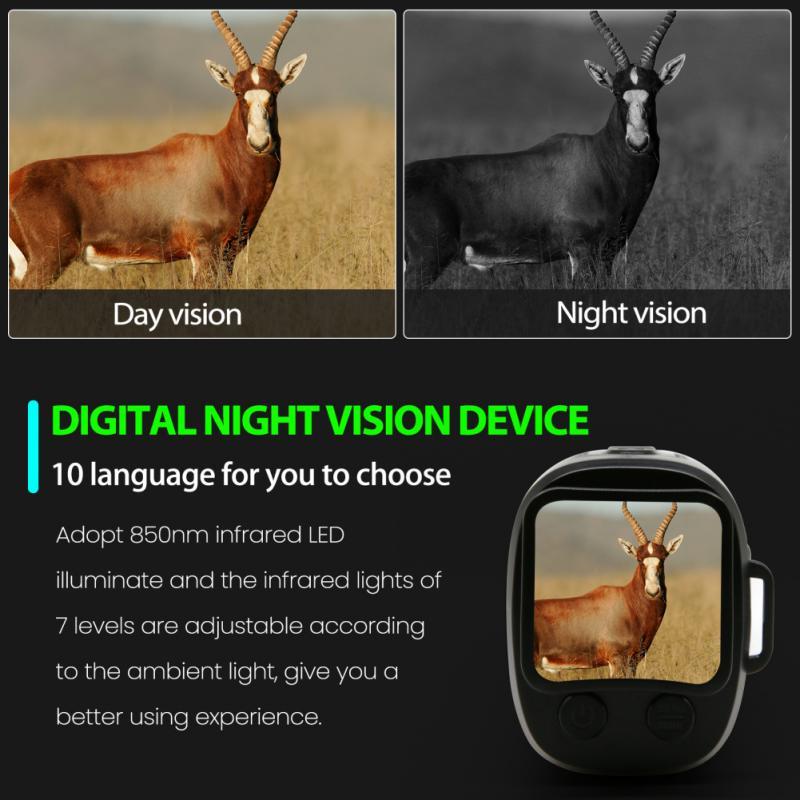
2、 Field of View: Narrow field of view may limit stargazing experience.
Yes, a monocular telescope can be used for stargazing, but it may not provide the optimal experience compared to other types of telescopes. One of the main limitations of a monocular telescope for stargazing is its narrow field of view.
The field of view refers to the amount of sky that can be seen through the telescope at any given time. A narrow field of view means that only a small portion of the night sky can be observed at once. This can be a disadvantage when stargazing, as it limits the ability to see a wide range of celestial objects in a single view.
However, it is important to note that the field of view is not the only factor to consider when choosing a telescope for stargazing. Other factors such as magnification, aperture, and image quality also play a significant role in determining the overall stargazing experience.
In recent years, there have been advancements in monocular telescope technology that have improved their field of view. Some newer models offer wider fields of view, allowing for a more immersive stargazing experience. These advancements have made monocular telescopes more viable for stargazing, especially for casual observers or those who prefer a portable and lightweight option.
Ultimately, while a monocular telescope can be used for stargazing, its narrow field of view may limit the overall experience. It is recommended to consider other types of telescopes, such as refractors or reflectors, which typically offer wider fields of view and are better suited for stargazing purposes.

3、 Image Quality: Image quality may be compromised compared to other telescopes.
Yes, a monocular telescope can be used for stargazing, but there are some limitations to consider.
A monocular telescope is essentially a small, handheld telescope that uses a single lens to magnify distant objects. While it can provide a closer view of celestial objects, the image quality may be compromised compared to other telescopes. The single lens design of a monocular telescope can result in lower resolution and less sharpness in the images it produces. This can make it more challenging to observe fine details of stars, planets, and other celestial objects.
However, advancements in technology have led to the development of monocular telescopes with improved image quality. Some models now feature high-quality lenses and coatings that enhance image clarity and reduce distortions. Additionally, monocular telescopes with larger apertures can gather more light, resulting in brighter and clearer views of celestial objects.
It's important to note that the size and portability of a monocular telescope can be advantageous for stargazing. They are lightweight and compact, making them easy to carry and set up in different locations. This makes them a convenient option for casual stargazers or those who want to observe the night sky while traveling.
Ultimately, the suitability of a monocular telescope for stargazing depends on individual preferences and requirements. While it may not provide the same level of image quality as larger telescopes, it can still offer an enjoyable and accessible way to explore the wonders of the night sky.
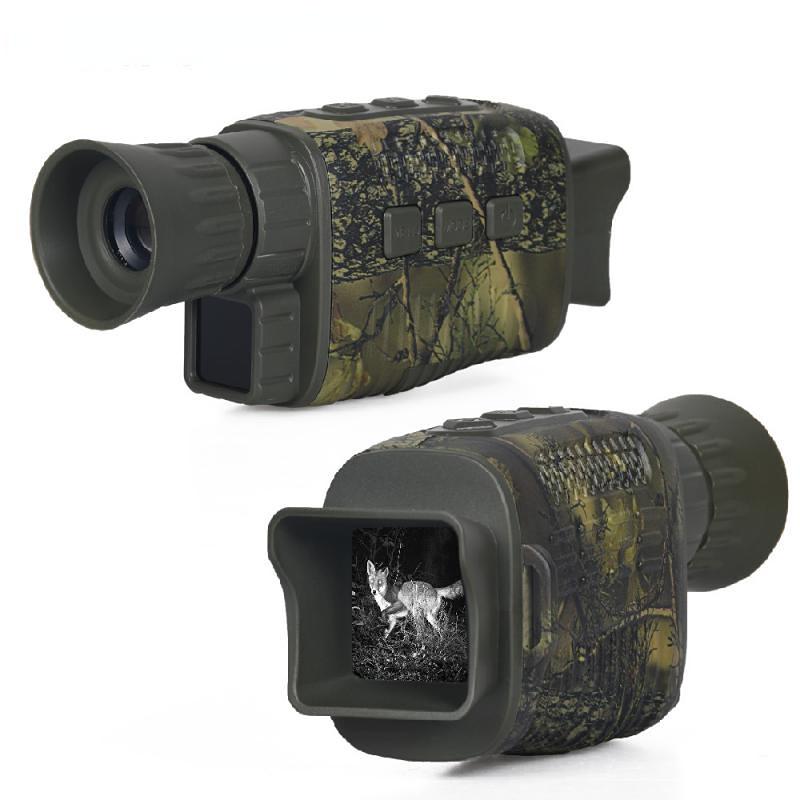
4、 Light Gathering Ability: Limited light gathering ability affects visibility of faint objects.
Yes, a monocular telescope can be used for stargazing, but it may not be the most ideal choice for this purpose. Monocular telescopes are primarily designed for terrestrial viewing, such as bird watching or observing landscapes. They are typically compact and lightweight, making them convenient for outdoor activities.
However, when it comes to stargazing, there are a few limitations to consider. One of the main drawbacks is the limited light gathering ability of a monocular telescope. Stargazing often involves observing faint objects such as distant galaxies, nebulae, or star clusters. The limited light gathering ability of a monocular telescope can affect the visibility of these faint objects, making them appear dim or even invisible.
Additionally, monocular telescopes usually have smaller objective lenses compared to their binocular or telescope counterparts. The smaller objective lens size further limits the amount of light that can enter the telescope, resulting in reduced image brightness and clarity.
That being said, if you are a casual stargazer or simply want to observe the moon and brighter celestial objects, a monocular telescope can still provide an enjoyable experience. It can be a convenient and portable option for observing the moon's craters, lunar landscapes, or even the planets in our solar system.
However, if you are serious about stargazing and want to explore the depths of the night sky, it is recommended to invest in a telescope specifically designed for astronomical observations. These telescopes typically have larger objective lenses or mirrors, allowing for better light gathering ability and improved visibility of faint celestial objects.
In conclusion, while a monocular telescope can be used for stargazing, its limited light gathering ability may affect the visibility of faint objects. For a more immersive and detailed stargazing experience, it is advisable to opt for a telescope specifically designed for astronomical observations.
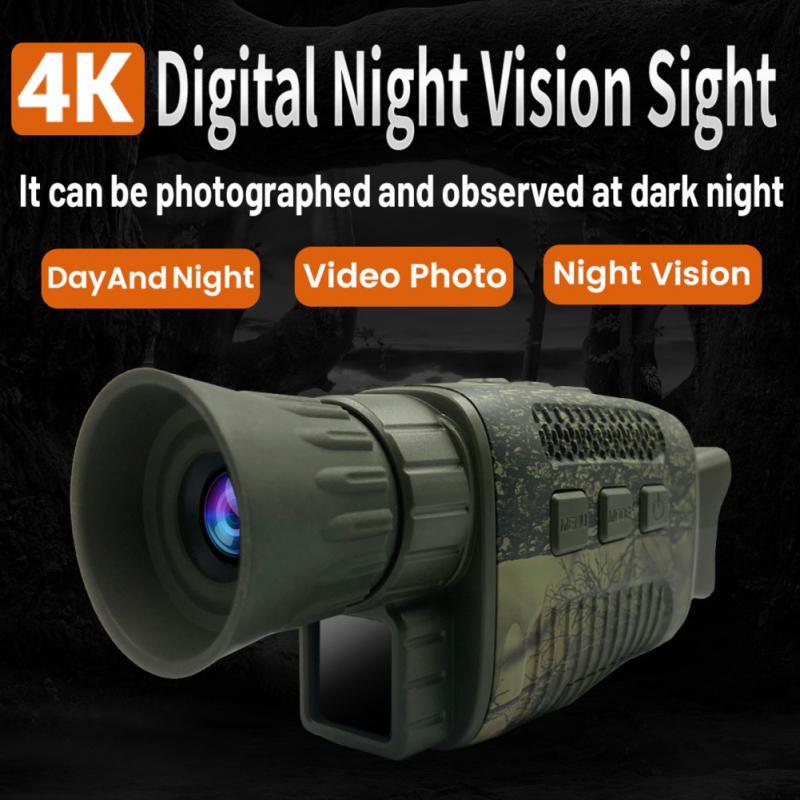





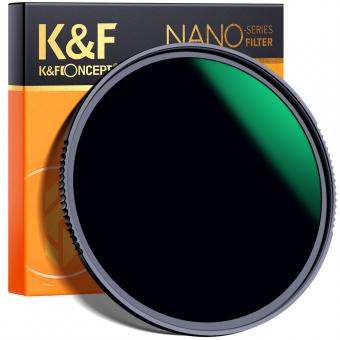
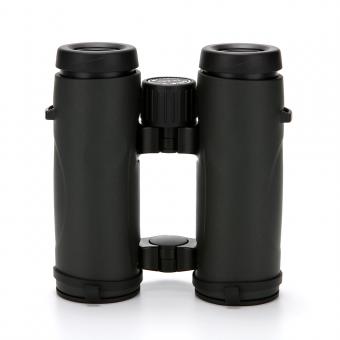





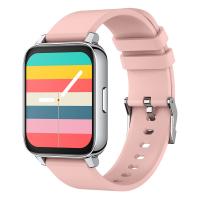









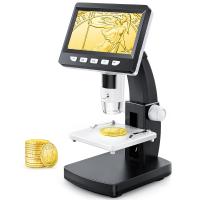

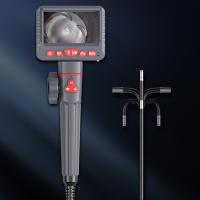

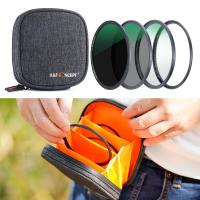
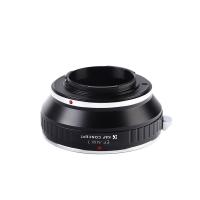
There are no comments for this blog.